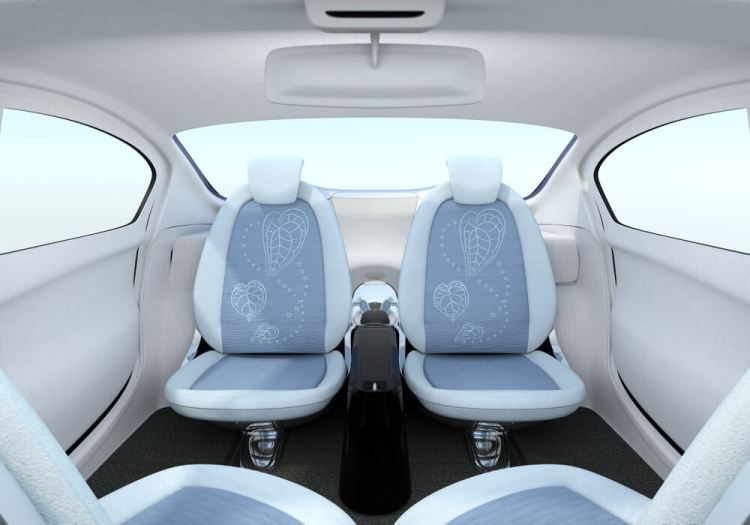There has been much discussion about the recent decision by Uber to cede its China operations to Didi. Headlines trumpeted things like “Uber Surrenders in China” and “Uber Slayer: How China’s Didi Beat the Ride-Hailing Superpower.” But it’s likely that this initial step back will ultimately lead to Uber’s triumph in China. Here’s why.
While much of the initial press centered around Uber’s failure, a supporting narrative soon followed that illustrated Uber’s decision as a strategic move to free up resources in order to tackle other emerging markets that lack a major ride-hailing competitor. Southeast Asia and Latin America would now be prime targets, with a billion dollars in free cash flow. There is perhaps an even more strategic reason for Uber’s decision: freeing up resources for its autonomous car effort.
It is no secret that Uber has been aggressively trying to take the driver out of its taxis. In September, Uber launched its first self-driving taxi pilot in Pittsburgh. More recently, San Francisco residents have seen Uber’s autonomous Ford Fusion cars driving around city streets, and the pilot is now live.
These pioneering efforts are all possible because of Uber’s concerted effort to acquire top robotics talent. After poaching 40 of CMU’s top robotics research scientists in February 2015, Uber acquired Otto in August for $700 million, which let Uber nab some of the original engineering leads of Google’s self-driving car project.
But GM, Toyota, Didi, and others have smart engineers too, right? Solving hard technology problems is not just about having smart minds, it’s also about having the experience of knowing which approaches work and which do not.
There are a thousand ways to solve any given technology problem. You need smart minds and many months to solve any particular permutation. But knowing the 999 permutations that don’t work is where the advantage lies. Uber’s newly poached CMU team has been solving self-driving technology problems since winning Darpa’s Urban Challenge in 2007. The Otto founders were solving self-driving technology problems in more practical domains since the beginning of Google’s self-driving car project in 2009. Putting these teams together gives Uber an unprecedented pool of talent.
Rather than draining cash on a feckless attempt to compete on price with a Chinese government-backed company, Uber decided to continue its push for global distribution channels in profitable markets, while freeing up cash flow to focus on acquiring the top minds in robotics. And as opposed to human drivers (now well over one billion of them), there is a shortage of roboticists with real-world experience creating self-driving technology solutions. Uber now has without dispute the best team working on the problem, and it is the company poised to get there first. In this technology race, if you are not first, you’re last.
Expect Didi and others in China to attempt similar efforts in robotics over the next few years. Alibaba, Baidu, and other Chinese tech companies are all investing significantly in their own self-driving technologies. One interesting possibility is a partnership between Didi and Apple; Apple is already a sizable investor in Didi and has been attempting (and struggling) to create its own self-driving tech.
We should expect to see the new Waymo brand (once part of Google) get more active in partnerships, and with Didi owning distribution in China there is a natural alignment there. There is even a conceivable partnership between Uber and Didi, as Uber already holds a 17 percent stake in its competitor. However, judging by the ruthlessness of Uber, it is more likely that they go for Didi’s jugular. After all, leaving 83 percent of the largest ride-hailing market on the table would seem unambitious to growth-hungry investors.
Upon first sight, Uber’s retreat from China may look like yet another instance of an American tech giant getting pummeled by a Chinese copycat. But the self-driving technology landscape will look a lot different in 2020. Next time Uber goes to China, it won’t just be with a war chest — it will be with a silver bullet.
VentureBeat's mission is to be a digital town square for technical decision-makers to gain knowledge about transformative enterprise technology and transact. Learn More

